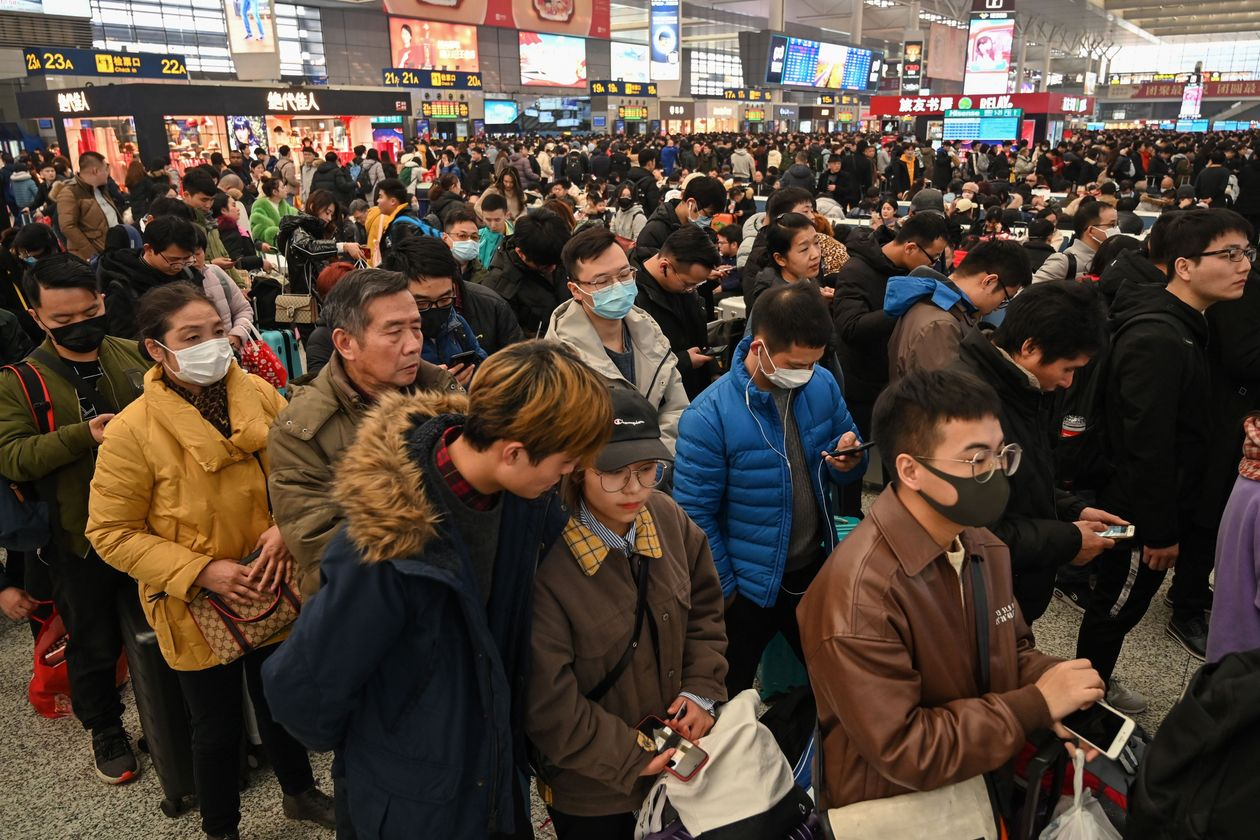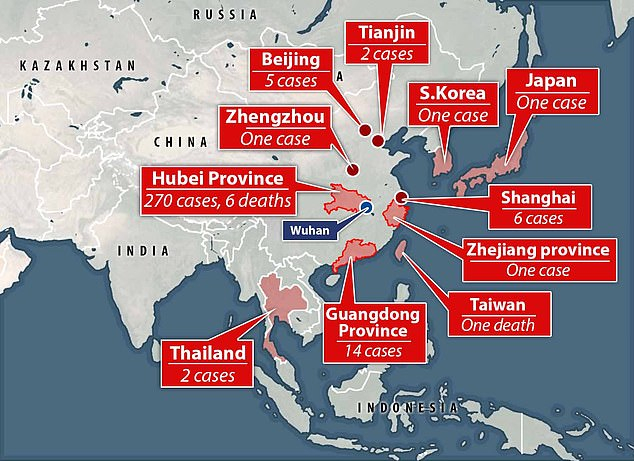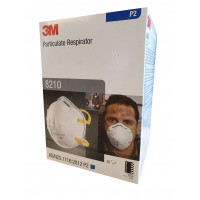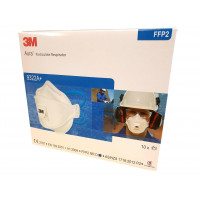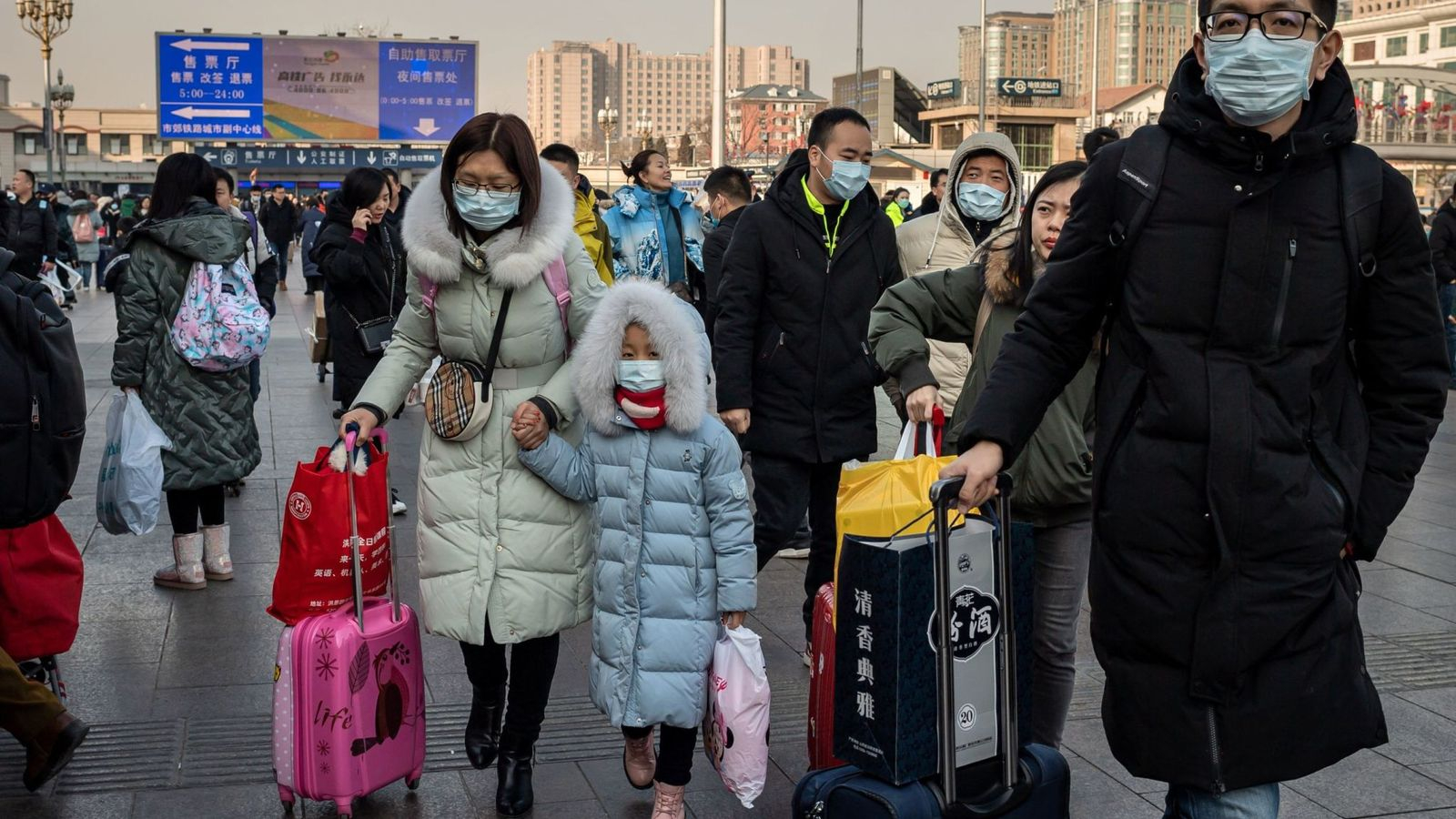Health authorities in China on Monday confirmed nearly 140 new cases of a mysterious pneumonia-like virus, which has killed three people so far.
It comes as the country’s peak holiday travel season kicks off ahead of the Lunar New Year, sparking concerns over the spread of the viral strain and its possible impact on economic growth.
“It’s highly likely we’ll see this virus spread given that it appears there’s some form of human-to-human transmission and given the scale of travel in the lead-up to Chinese New Year,” said Alexandra Phelan, faculty research instructor in the microbiology and immunology department at Georgetown University.
“Looking further on, I think we’re likely to have cases around China and also there will likely be cases in other countries as people travel,” Phelan told CNBC on Monday.
While the Sars-virus first emerged in the central city of Wuhan in late December, the 139 new cases that appeared over the weekend in China showed new cases in the capital of Beijing in the north of the country, as well as in the southern city of Shenzhen, Reuters reported. This brings the total to more than 200 confirmed cases from the new coronavirus strain. Three of them have died.
Hundreds of millions of Chinese travelers are expected to travel both domestically and internationally as Lunar New Year starts this Saturday, igniting fears of a further spread of the virus and kindling memories of the fatal Sars pandemic in 2002 and 2003 that killed nearly 800 globally.
The Sars pandemic — also caused by a coronavirus — cost the global economy tens of billions of dollars.
On Monday, South Korea confirmed its first case of the new coronavirus in a Chinese woman who flew to Incheon International Airport from Wuhan.
Two cases have also been reported in Thailand and one in Japan. They involved two Chinese from Wuhan and a resident in Japan who had travel history to the city — where the virus is linked to a large seafood and animal market, suggesting that the virus had jumped from animals to humans, said the Centers for Disease Control and Prevention on its website.
However, some of the patients have not had exposure to the animal markets, “suggesting that some limited person-to-person spread is occurring,” the CDC said Friday.
Airport authorities around the world have already stepped up health screening of travelers at their borders to pick up suspected cases. Measures include temperature screening.
However, as symptoms from the new Wuhan coronavirus infection are similar to that of other respiratory conditions, there will be “a lot” of travelers who would be wrongly picked up alongside, Phelan said.
“They can be a useful opportunity to provide people with information if they do feel sick ... but most of the time, border screening is actually a very expensive, not particularly effective way of actually preventing the spread of disease,” said Phelan.
Australian officials today announced a traveller had been placed in quarantine with symptoms of the virus after returning home from a trip to China.
The man is being kept at his home in Brisbane as he awaits test results for the virus. Earlier tests were inconclusive, Queensland health chiefs said.
The suspected case prompted Prime Minister Scott Morrison to warn Australians travelling to China to 'exercise a high degree of caution' in China's Wuhan area.
December 31 2019: Total of 27 suspected cases
The WHO China Country Office was informed of cases of pneumonia of unknown cause detected in Wuhan City, Hubei Province of China. Around 27 suspected cases were reported in the month of December.
January 1 2020: Total of 27 suspected cases
A seafood market was closed for environmental sanitation and disinfection after being closely linked with the patients.
January 5 2020: Total of 59 suspected cases
Doctors ruled out severe acute respiratory syndrome (SARS) as being the cause of the virus, as well as bird flu, Middle East respiratory syndrome and adenovirus. Meanwhile, Hong Kong reported suspected cases.
January 9 2020: Total of 59 confirmed cases, one death
A preliminary investigation identified the respiratory disease as a new type of coronavirus, Chinese state media reported.
Officials at Wuhan Municipal Health Commission reported the outbreak's first death on January 9, a 61-year-old man.
January 13 2020: Total of 42 confirmed cases, one death
A Chinese woman in Thailand was the first confirmed case of the mystery virus outside of China. The 61-year-old was quarantined on January 8, but has since returned home in a stable condition after having treatment, the Thai Health Ministry said.
January 14 2020: Total of 42 confirmed cases, one death
The WHO told hospitals around the globe to prepare, in the 'possible' event of the infection spreading.
It said there is some 'limited' human-to-human transmission of the virus. Two days previously, the UN agency said there was 'no clear evidence of human to human transmission'.
January 16 2020: Total of 43 cases, two deaths
A man in Tokyo is confirmed to have tested positive for the disease after travelling to the Chinese city of Wuhan.
A second death, a 69-year-old man, was reported by officials at Wuhan Municipal Health Commission. He died in the early hours of January 15 at Jinyintan Hospital in Wuhan city having first been admitted to hospital on December 31.
January 17 2020: Total of 44 cases, two deaths
Thailand announces it has detected a second case. The 74-year-old woman had been quarantined since her arrival on Monday. She lived in Wuhan.
Scientists at Imperial College London fear up to 4,500 patients in Wuhan may have caught the virus. A report said if cases are this high, substantial human to human transmission can't be ruled out.
John F Kennedy International Airport (JFK), San Francisco International Airport and Los Angles International Airport (LAX) will start screening passengers arriving from Wuhan, US officials said.
January 18 2020: Total of 48 cases, two deaths
Thailand steps up monitoring at four airports receiving daily flights from Wuhan. Airports in Japan, Malaysia and Singapore are also screening passengers from Wuhan, authorities said.
Four more cases have been identified in a viral pneumonia outbreak in Wuhan, bringing the total to 45 in the city alone.
January 19 2020: Total of 65 cases, two deaths
China reported 17 more cases of pneumonia caused by a new coronavirus strain had been found in Wuhan. It takes the city's total to 62, including two deaths, and the global total to 65.
All of the cases to this point involved people either living in Wuhan or who have travelled to the city.
Public Health England and Britain's chief medical officer said they would not be introducing screenings at UK airports at this point.
January 20 2020: Total of 222 cases, three deaths.
China reported a sharp rise in the number of people infected with a new coronavirus over the weekend, including 136 more cases in Wuhan city, taking its total to 198.
The outbreak spread across China; five cases in Beijing, 14 in Guangdong, and one in Shanghai.
South Korea confirmed its first case - a 35-year-old woman arriving at Seoul’s Incheon airport tested positive for the virus. She had been in Wuhan the week prior. This took the total cases outside China to four.
Details were not revealed about the third death.
Chinese President Xi Jinping said saving lives was a top priority, adding that information about the disease was being released in a 'timely manner'.
China's National Health Commission team confirmd the virus can spread between humans.
Two patients in southern China also caught the virus from infected family members, according to local media.
The WHO announced it would hold an emergency meeting to debate whether the outbreak should be declared an international public health emergency.
January 21 2020: Total of 308 confirmed cases, six deaths
On this day, the death toll rose to six.
The fourth person had died on January 19, an 89-year-old man who developed symptoms, including severe breathing difficulties, on January 13.
The mayor of Wuhan announced two more victims of the lethal infection - a 66-year-old man, known only as Li, and a 48-year-old woman, known only as Yin. Both died from multiple organ failure.
Authorities also said 15 medical workers in the city were included in the confirmed cases. There is also one other suspected case. Of the infected staff, one was in critical condition.
A Brisbane man is being held in isolation over fears he may have contracted the deadly coronavirus while in Wuhan.
Queensland's chief medical officer Dr Jeannette Young confirmed the man has been tested for the illness when he presented with flu-like symptoms after returning home. The results are still unknown.
Australia began screening passengers arriving from a Chinese city in a bid to stop the spread, Brendan Murphy, the chief medical officer for the Australian government, said.
The Philippines also announced that it was investigating its first potential case of the coronavirus. A five-year-old child arrived in the country on January 12 from Wuhan and has since been hospitalised with flu symptoms.
Taiwan reported its first confirmed case. Health officials announced the woman, thought to be around 50 years old, worked in Wuhan. She is currently in hospital receiving treatment, according to local media.
Stock markets in China and Hong Kong dipped today amid fears tourists will refrain from travelling. But shares in firms which make surgical face masks have surged.
Source: CNBC, Dailymail
